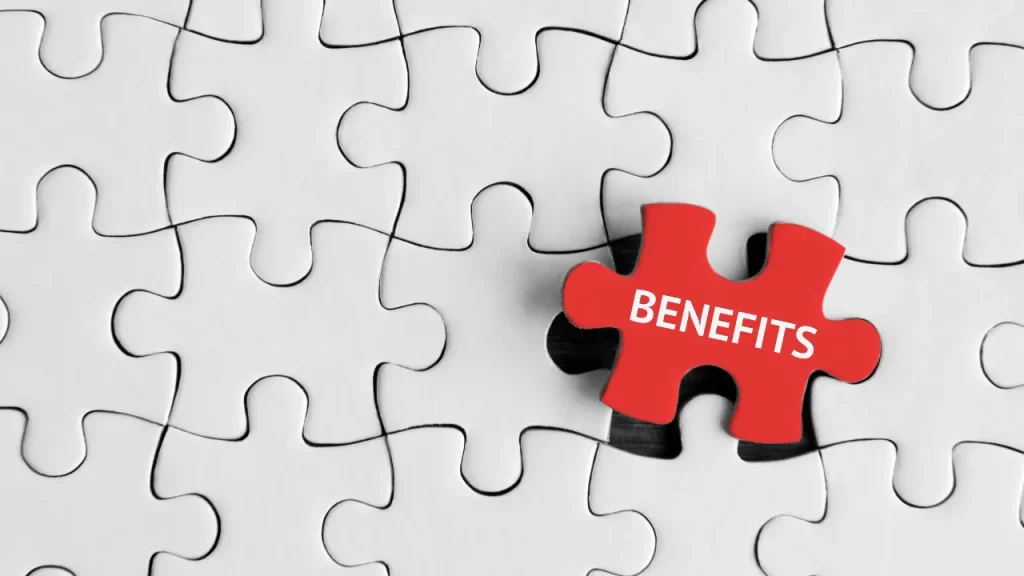Gallbladder stones, also known as gallstones, trouble many people in India. These hard deposits form in the gallbladder, a small organ under the liver. They cause pain, nausea, and sometimes fever. When medicines fail, surgery removes the stones and often the gallbladder itself. We call this procedure laparoscopic cholecystectomy, or lap cholecystectomy. At our medical organization, we perform this surgery to relieve symptoms and prevent complications. This article details the procedure and recovery. We use simple terms to help you understand. Our focus stays on facts from reliable sources.
What Are Gallbladder Stones and Why Remove Them?
The gallbladder stores bile, a fluid that helps digest fats. Stones form when bile hardens. Common causes include high cholesterol diets, obesity, or rapid weight loss. In India, diets rich in fried foods like samosas or puris often contribute. Women and people over 40 face higher risks.
Stones block bile flow, leading to sharp pain in the upper right abdomen. This pain may spread to the back or shoulder. Other signs include vomiting and jaundice. If untreated, stones cause infection or pancreatitis.
Lap cholecystectomy removes the gallbladder with stones inside. You do not need the gallbladder for normal digestion. Bile flows directly from the liver to the intestines after surgery. We recommend this for symptomatic stones. It prevents future attacks.
Benefits of Laparoscopic Cholecystectomy

This method uses small cuts, unlike open surgery. Surgeons insert tools through these cuts. Benefits include less pain and a quicker return to daily life.
You stay in the hospital for one day or less. Full recovery takes one to two weeks for most. Scars remain small and fade over time. Infection risk drops compared to open procedures.
This surgery resolves pain effectively. Most patients report no digestive issues long-term. We see high success rates at our centres.
Preparing for Lap Cholecystectomy
Preparation ensures safety. Your doctor reviews your health history. They check for conditions like diabetes or heart problems. Blood tests assess liver function and clotting.
Stop smoking and alcohol two weeks before. These delay healing. Fast for eight hours prior to surgery. Inform us about medicines, including herbal ones like tulsi extracts, that are common in India.
On the day, arrive early. Nurses prepare you with an IV line for fluids. You receive general anaesthesia to sleep through the procedure.
We discuss risks during consultation. This includes bleeding or infection, though rare.
The Lap Cholecystectomy Procedure Step by Step

The surgery lasts 30 to 90 minutes. It happens in an operating theatre. You lie on your back. Anaesthesia puts you to sleep.
The surgeon makes three to four small cuts in your abdomen. Each cut measures 0.5 to 1 cm. They insert a laparoscope, a thin tube with a camera. This shows the gallbladder on a screen.
Gas inflates your abdomen for space. The surgeon clips the artery and duct to the gallbladder. They cut it free using special tools. If stones sit in the bile duct, they remove them too.
An X-ray, called a cholangiogram, checks for hidden stones. Dye highlights the ducts. The gallbladder comes out through one cut.
We close the cuts with stitches or staples. No large scar forms.
In some cases, like severe inflammation, we switch to open surgery. This uses a larger cut but ensures safety.
Our surgeons in India handle thousands of these yearly. They use advanced tools for precision.
Immediate Care After Surgery
You wake in the recovery room. Nurses monitor your breathing and heart rate. Pain feels mild, like soreness.
Most leave the hospital the same day or the next morning. We give pain medicine. Drink clear fluids first, then eat light meals.
Expect shoulder pain from the gas. It fades in a day. Walk soon after to aid recovery.
We provide instructions. Follow them to avoid issues.
Recovery Timeline: Day by Day and Week by Week
Recovery progresses steadily. We outline it based on typical cases in India.
Day 1: Right After Surgery
Rest in the hospital. You feel groggy from anaesthesia. Pain stays low with medicine. Sip water and eat simple foods like khichdi.
Walk short distances. This prevents blood clots. Avoid driving or heavy tasks.
Days 2 to 3: Early Days at Home
Go home if stable. Pain decreases. Use over-the-counter pills like paracetamol. Rest but move around.
Eat small meals. Include fruits like bananas and curd. Avoid oily foods. Some feel nausea, but it passes.
In humid areas like Mumbai, keep wounds dry to prevent infection.
Week 1: Building Strength
By day 4 to 7, resume light work. Office jobs suit this phase. Avoid lifting over 5 kg.
Wounds heal. Remove bandages as advised. Shower gently. Pain becomes minimal.
Follow-ups happen this week. We check progress.
Week 2: Return to Normal
Most return to full activities. Drive if comfortable. Mild exercise like walking helps.
Digestion adjusts. You may have loose stools. This resolves.
In rural India, farmers wait longer for fieldwork.
Weeks 3 to 4: Full Recovery
By week 3, energy returns. Resume gym or yoga. Heavy tasks become possible.
Scars fade. Most feel no restrictions. We confirm healing in final checks.
Long-term, maintain weight. Eat balanced meals with millets and veggies.
Open surgery recovery takes four to six weeks longer.
How to Manage Pain and Discomfort
Pain feels like a muscle ache. Take medicines as prescribed. Ice packs help reduce swelling.
Warm baths soothe. Avoid strong painkillers unless needed. We monitor for side effects.
Shoulder tip pain from gas ends quickly. Walk to release it.
Diet Changes After Gallbladder Removal

Your body adapts without the gallbladder. Bile flows steadily. Eat low-fat foods at first.
Start with soups, dal, and rice. Avoid ghee-heavy dishes. Gradually add fats like nuts.
Long-term tips:
- Eat small, frequent meals.
- Include fibre from oats and fruits.
- Limit spicy curries that upset digestion.
- Drink plenty of water.
In India, switch to grilled items over fried. This prevents diarrhoea.
Lifestyle Tips for Smooth Recovery
Rest well. Sleep eight hours. Walk daily for 30 minutes.
Avoid straining. Use stool softeners if constipated. Quit smoking for good.
Wear loose clothes. In hot weather, stay cool to aid healing.
Risks and When to Contact Us
Risks include bleeding, infection, or bile leak. These occur in less than 5% of cases.
Watch for fever, yellow skin, or severe pain. These need immediate care.
In India, conversion to open surgery happens in 7% of cases, often due to scarring.
We minimize risks with skilled teams.
Lap Cholecystectomy in India: Why It Fits
India leads in affordable lap cholecystectomy. Hospitals in Chennai or Hyderabad offer it at low costs.
Patients benefit from short stays. Workers in the IT sector return quickly.
Our organization provides care across states. We use local languages for comfort.
Closing Notes on Gallbladder Stone Removal
Lap cholecystectomy removes stones safely. The procedure uses small cuts for quick recovery. Follow our guidance for the best results. At our medical organization, we guide you every step. Reach out for help.
